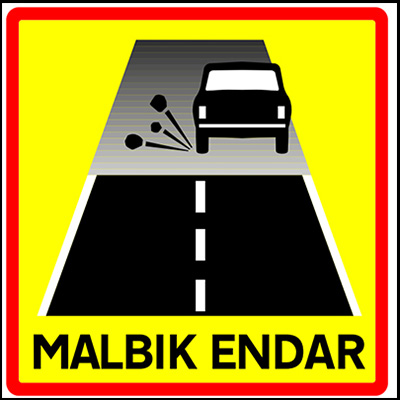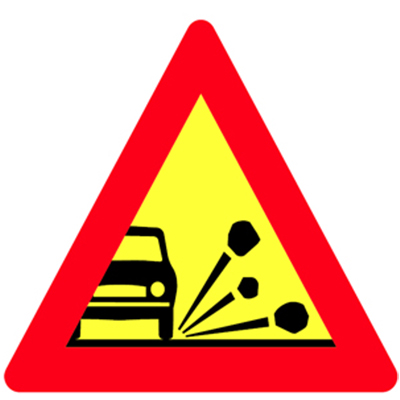Gravel roads, blind hills & blind curves
Gravel roads, blind hills & blind curves
Driving in Iceland can be tricky - but if you listen carefully to Elfis you should be fine "Take a look at the Video"
A common place for accidents to occur on rural roads is where a paved road suddenly changes to gravel. The main reason is that drivers do not reduce speed before the changeover to gravel, and consequently lose control. Loose gravel on road shoulders has also caused a great number of accidents.
When driving on gravel roads—which are often quite narrow––it is important to show caution when approaching another car coming from the opposite direction by moving as far to the right
as is safely possible.
Blind hills––where lanes are not separate––can be very dangerous, and should be approached with caution. There are also many blind curves
in Iceland that test a driver’s skill.
Top ten tips on driving in Iceland
- Everyone in the car needs to wear seatbelt
- Do not stop or park the car on the road except in a case of emergency.
- Lower your speed when you approach and drive on a gravel road.
- Choose the speed in accordance with the road surface.
- Check the weather and road surface in advance on www.road.is and www.safetravel.is.
- Make sure you get enough sleep in summer when there‘s daylight 24 hours.
- Be sure that you have the driving lights always on - night and day.
- The car that approaches a single lane bridge first, crosses first.
- Sheep and other livestock you see near the road can suddenly run across the road
- Don‘t risk your life and safety by driving into a CLOSED road.





